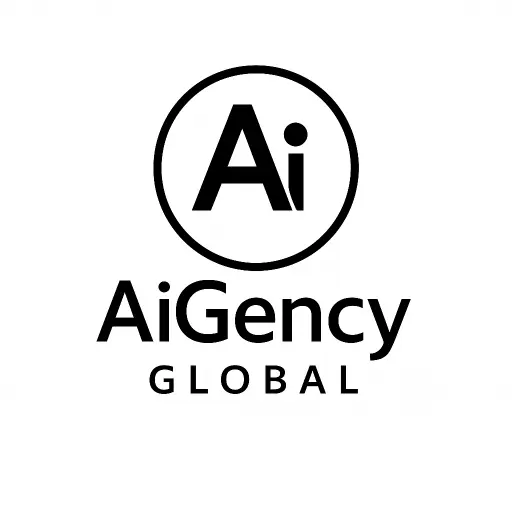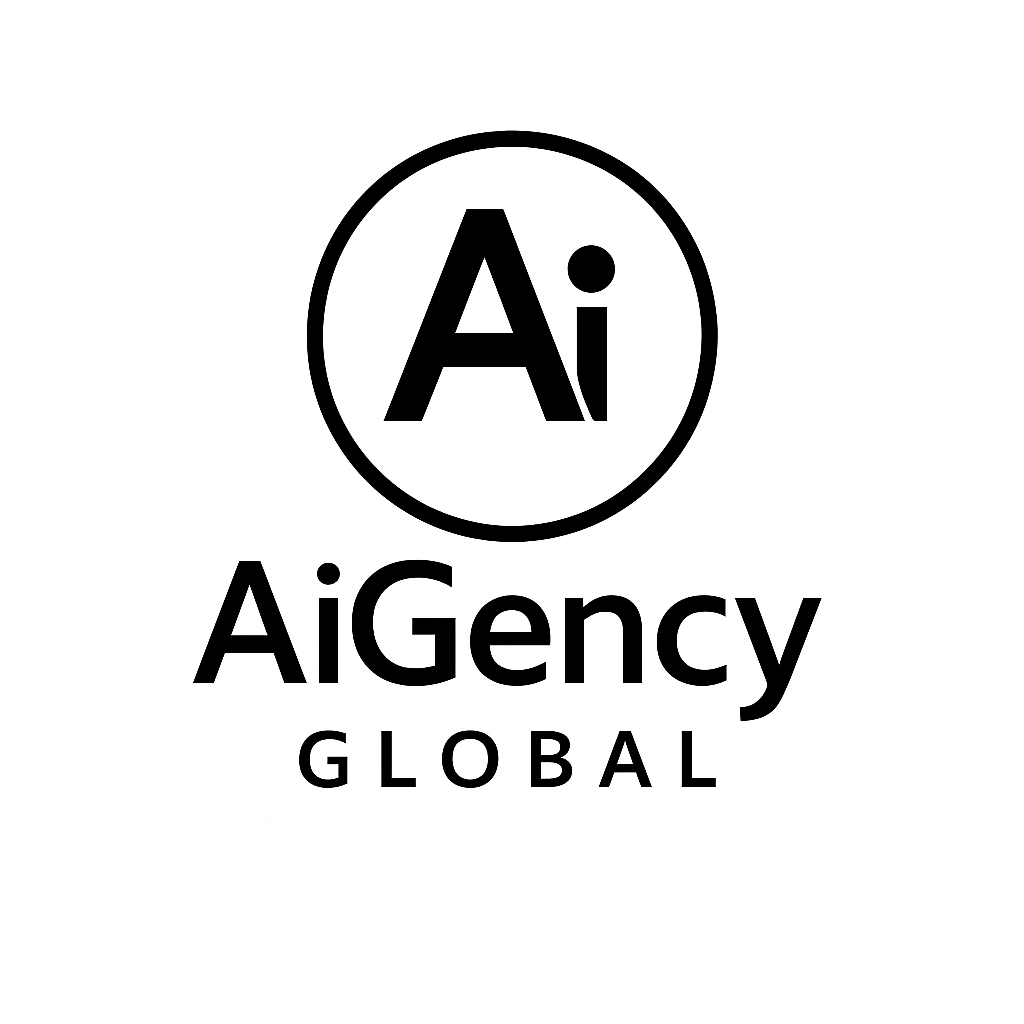
Introduction: Regulation Is No Longer Just for Humans
As businesses accelerate AI adoption across departments, the legal and compliance world faces a growing paradox: the need to regulate the regulators — especially when the regulators are no longer human.
With mounting global legislation around data use, transparency, AI ethics, and automation bias, the rise of AI-driven compliance and legal functions is not just timely — it’s inevitable. Welcome to the age of legal bots, AI compliance officers, and RegTech augmentation.
The next revolution in risk management isn’t just digital. It’s intelligent.
The Compliance Burden Is Growing — And So Is the Opportunity
Every industry — from banking and healthcare to tech and logistics — is under increased scrutiny:
– GDPR fines surpassed €2.9 billion by early 2025.
– AI Act (EU) mandates explainability and auditability for high-risk AI systems.
– UK FCA and ICO require clear accountability on data use, algorithmic bias, and transparency.
– ESG mandates are becoming legal obligations, not voluntary standards.
Human compliance teams are drowning in policy reviews, monitoring obligations, regulatory filings, and audit readiness. The opportunity? AI can shoulder a massive portion of this load — faster, cheaper, and often more accurately.
The Rise of Legal Bots
Legal bots are not here to replace lawyers. They’re here to turn slow, high-risk tasks into fast, scalable systems.
Harvey AI – Used by law firms like Allen & Overy, Harvey acts as an AI associate — drafting NDAs, summarising case law, and even helping with contract redlines.
DoNotPay – Initially a tool for fighting parking tickets, it now handles consumer rights, small claims, and even immigration paperwork.
Casetext (CoCounsel) – Uses GPT-style AI to assist in litigation prep, legal research, and deposition drafting.
Aera Technology – Acts like a “self-driving compliance engine,” scanning ERP and policy systems, flagging exceptions, and recommending next steps.
AI Compliance Officers: From Policy Parser to Ethical Guardian
We’re now seeing the emergence of AI Compliance Officers:
– GPT-style agents monitoring transaction flows in real time
– Policy bots that scan regulations and ensure system-level alignment
– Internal watchdogs that check AI usage by employees against data ethics rules
In some organizations, the AI compliance officer is more proactive than human teams — constantly testing edge cases and updating legal knowledge bases.
Real-World Adoption: Who’s Doing It Now
Mastercard – Deployed AI in risk and compliance to scan millions of transactions for anomalies and KYC violations.
HSBC – Uses AI to monitor internal fraud, policy compliance, and employee activity ethically.
Roche – Applies AI to pharmaceutical compliance — flagging inconsistencies and ensuring adherence to FDA/EMA regulations.
Nasdaq – Uses its SMARTS platform powered by AI to detect suspicious market activity and compliance violations in real-time.
New Careers Born From Compliance AI
New roles emerging from AI compliance:
– Prompt Auditor
– Algorithmic Ethics Officer
– Policy-Bot Architect
– Explainability Analyst
– AI Risk Counsel
At AiGency Global, we’re actively matching clients with AI-trained legal agents and experts to manage these evolving systems.
Challenges & Considerations
Before deploying AI into compliance and legal workflows, companies must address:
– Accountability
– Data Privacy
– Bias & Ethics
– Auditability
– Human Oversight
Conclusion: Regulation Is Evolving — Are You?
The world of compliance and law is being rewritten by machines. Legal bots and AI compliance officers are not replacing your team — they’re enabling it.
At AiGency Global, we believe the smartest organisations won’t just comply with regulations — they’ll shape them, using AI not just to follow the rules, but to future-proof them.
The next great risk is not deploying AI in your legal ops. The next great opportunity? Leading the way with it.


